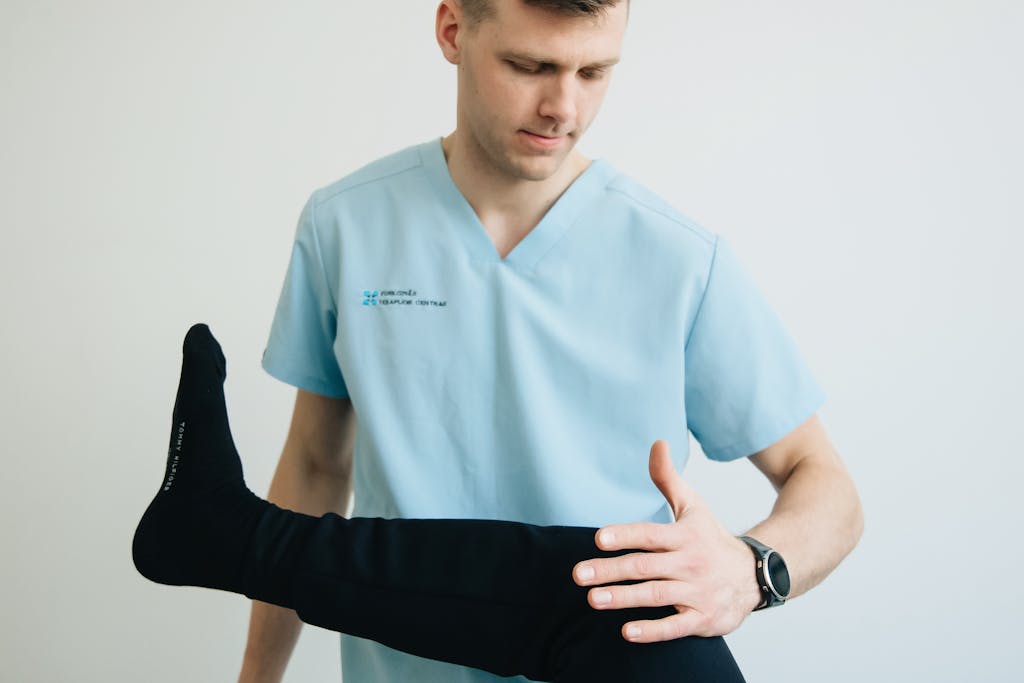Living with knee pain can be a challenging experience that affects every aspect of your daily life, from climbing stairs to simply walking around a grocery store. Whether your knee pain is the result of an injury, arthritis, or wear and tear, there are several strategies that you can implement to ease your discomfort and improve your mobility. Here’s a straightforward guide to help you manage your knee pain more effectively.
Maintain a Healthy Weight
One of the most beneficial things you can do for your knees is to maintain a healthy weight. Every extra pound you carry puts additional stress on your joints, particularly your knees, which must support much of your body’s weight. Reducing body weight can decrease knee pain by lessening the pressure on these critical joints.
Choose Low-Impact Exercises
Exercise is essential, but choosing the right kind of activity is vital when you have knee pain. Low-impact exercises such as swimming, cycling, and walking place less stress on your knees, allowing you to keep your muscles strong and limber without exacerbating your pain. Strengthening the muscles around the knee also helps stabilize and protect the joint.
Use Heat and Cold Therapy
Applying heat or cold to your knees can effectively reduce swelling, stiffness, and pain. Cold therapy is excellent for reducing inflammation and numbing sharp pain. You can use ice packs or even a bag of frozen vegetables wrapped in a towel. Heat therapy, on the other hand, can help ease your muscles and relieve aching pain by increasing blood flow. Warm towels, hot packs, or a warm bath can be very soothing.
Invest in Proper Footwear
Wearing the right shoes is crucial when dealing with knee pain. Shoes with good arch support and cushioning can significantly affect how much pressure is put on your knees. Avoid wearing high heels or shoes with little support. In some cases, custom orthotics might be necessary.
Consider Physical Therapy
Physical therapy can be a game-changer for many people with knee pain. A physical therapist can teach you exercises specifically designed to strengthen the muscles around your knees, improve flexibility, and reduce pain. They can also use techniques such as taping your knee or using special braces to support the joint.
Manage Pain with Medications
Over-the-counter pain relievers like ibuprofen or acetaminophen can help manage knee pain. However, it’s important to use these medications as directed and consult with a healthcare provider for long-term pain management strategies.
Stay Positive and Patient
Living with knee pain requires patience and persistence. Stay positive as you try different approaches and find what works best for you. Remember, small lifestyle changes can accumulate over time to significantly reduce your knee pain and improve your quality of life.







